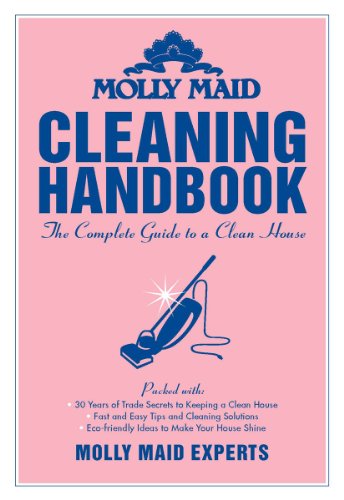
Cleaning floors can be a daily task in some households (depending on whether you have pets and/or kids) and dust mopping is a great way to tackle it. The professional house cleaners at MOLLY MAID provide this guide:
Dry Mopping
Using a dry mop on floors will remove dirt, dust and bacteria. It's also 25 percent faster than wet mopping (and if you have hardwood floors, you don't want to wet mop too often, if at all).
How to dry mop: Use a continuous swiping motion, either in a back-and-forth pattern or a figure eight pattern, and keep the mop on the floor as you do it. Shake the mop out as needed, outside or by enclosing it in a plastic bag to catch the dust. Use a broom and dustpan to pick up any large debris left behind by the mop.
Wet Mopping
Using water and a cleaning solution recommended for your floor will clean up dirt and spots that a dry mop might miss. Spills and some stains require moisture to get them up, and most floors should be wet mopped periodically for this reason. Care should be taken when using water and cleaning solutions on floors that might be damaged, such as hardwood or laminate flooring. Wet floors are also slippery, so warn others in the house when you are wet mopping.
How to wet mop: Mix water and your choice of cleaning solution in a bucket. Dip your mop into the solution, and wring it out so it does not drip. Begin mopping in the farthest corner of the room and work toward the exit, taking the bucket with you (placing a towel or mat under your bucket will help avoid any damage to the floor). Dip and wring out the mop as needed until the floor is clean.

